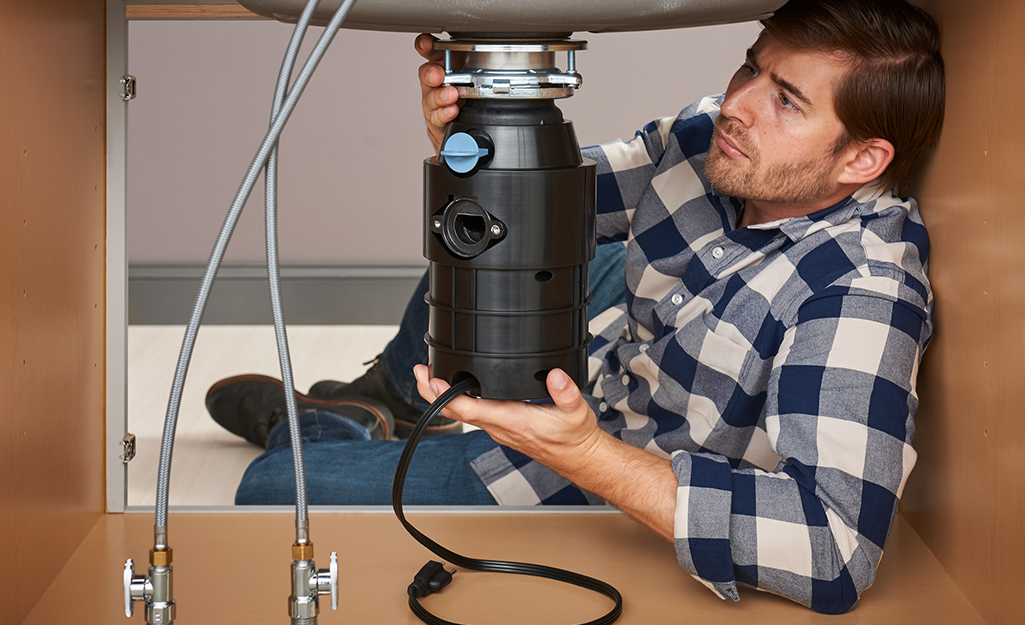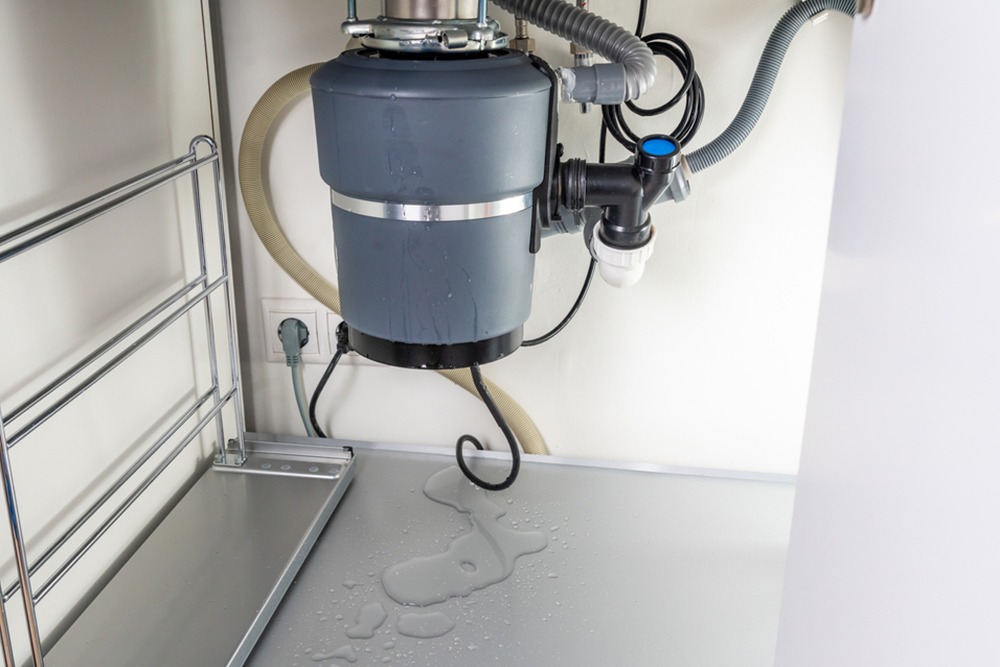Handy Methods for Fixing a Dripping Garbage Disposal
Call TodayThe publisher is making a few good pointers on How to fix a pretty consistent leak from my garbage disposal as a whole in this article down below.

Garbage disposals are important cooking area appliances that assist in taking care of food waste effectively. Nevertheless, a dripping garbage disposal can be an irritating and untidy issue to handle. Fortunately, numerous leakages can be dealt with conveniently with a few easy actions. In this write-up, we will talk about just how to take care of a dripping garbage disposal properly.
Introduction
Waste disposal unit are installed under cooking area sinks and are made to shred food waste into smaller items, allowing it to travel through the plumbing system quickly. While these tools are normally trustworthy, leakages can take place over time due to damage, loose connections, or damage to the unit.
Step-by-Step Overview to Taking Care Of a Leaking Garbage Disposal
Turn Off the Power
Prior to trying any kind of repair services, make sure that the power to the waste disposal unit system is switched off to prevent the danger of electric shock.
Locate the Leakage
Identify the specific area of the leakage and determine the reason
Tighten Connections
Make use of a wrench to tighten up any loosened connections between the disposal unit and the pipes system.
Replace Seals or Gaskets
If the leak results from worn seals or gaskets, get rid of the old elements and change them with brand-new ones.
Patching Splits or Openings
For cracks or holes in the disposal system, use epoxy or an appropriate patching product to secure the broken area.
Recognizing the Resource of the Leakage
Prior to attempting to take care of a leaking garbage disposal, it is important to determine the resource of the leak. This can normally be done via aesthetic evaluation or by conducting easy examinations.
Visual Evaluation
Check the garbage disposal unit meticulously for any indications of water leakage. Pay very close attention to areas around seals, gaskets, and link points.
Checking for Leaks
One means to check for leakages is by running water via the disposal device and looking for any kind of visible indications of leak.
Typical Causes of Leakages in Trash Disposals
Worn Seals and Gaskets
Seals and gaskets play an essential function in stopping water from dripping out of the waste disposal unit. Gradually, these components can degrade, resulting in leakages around the disposal device.
Loose Links
The links in between the garbage disposal and the pipes system can become loosened with time, causing water to leak out during procedure.
Cracks or Openings in the Disposal System
Physical damage to the waste disposal unit, such as cracks or holes in the housing, can additionally cause leaks.
Devices and Materials Needed for Dealing With a Leaking Garbage Disposal
Prior to beginning the repair procedure, collect the necessary tools and materials, including a screwdriver, adjustable wrench, plumbing's putty, substitute seals or gaskets, and epoxy or patching material for repairing cracks or holes.
Evaluating the Waste Disposal Unit After Fixing
As soon as the repair is complete, test the waste disposal unit by running water via it to ensure that the leakage has been solved.
Preventive Upkeep Tips to Prevent Future Leakages
To avoid future leakages, it is vital to carry out routine maintenance on your waste disposal unit. This includes keeping it clean, staying clear of putting non-food items or hard things down the disposal, and periodically looking for leaks or various other issues.
Final thought
To conclude, repairing a leaking garbage disposal is a relatively straightforward process that can be completed with fundamental tools and materials. By following the actions laid out in this short article and practicing preventive maintenance, you can maintain your garbage disposal in good working problem and prevent costly repairs in the future.
What to Do About a Leaking Garbage Disposal
A leaking garbage disposal often goes unnoticed until you confront a sopping cabinet, a foul-smelling puddle, or an audible drip-drip-drip from the unit. The fix can be frustrating, too, because the leak can stem from a number of components in the system. Fortunately, with a little sleuthing, you can zero in on the leak and—depending on the exact location—stop the icky oozing and repair the component that caused it. Worst case scenario, if it turns out that the garbage disposal must be replaced, installing a new one is a reasonable do-it-yourself task for those with basic plumbing skills. Read on to keep the cash you’d otherwise hand over to a pro.
Prepare to find the leak
Prior to testing the garbage disposal for leaks, unplug it at the wall outlet and turn off the power from the breaker box to prevent electrical shock. Then insert a watertight sink stopper into your sink drain and wipe the unit dry with a clean cloth. In any handy container, mix a few drops of food coloring into a few cups of water, and pour the dyed water onto the sink stopper to help you locate the leak.
Investigate the source
the top, where the disposal meets the sink drain the side, where the dishwasher hose or main drain pipe connects to the disposal or the bottom of the unit Inspect each of these locations while gliding a light-colored rag over the unit; the dyed water will readily show on the rag and reveal the location of the leak. If a leak isn’t immediately apparent, remove the sink stopper and pour a few more cups of dyed water down the sink drain, then check for leaks again. Leaks near the top of the unit are more likely to show themselves while the sink is plugged, while side and bottom leaks are more noticeable while the sink is unplugged.
The metal sink flange that sits directly inside the sink drain is typically sealed around the top with plumber’s putty (a clay-like sealant) and then secured from under the sink with bolts. If the plumber’s putty deteriorates, or the bolts loosen, the flange can no longer form a watertight seal between the sink drain and the disposal—which could cause a leak at the top of the unit.
To reseal the leaky flange, you must first detach the garbage disposal. Start by loosening the screws securing the main drain pipe to the disposal, then loosen the screws in the metal clamp securing the dishwasher hose to the disposal and detach the drain pipe and dishwasher hose from the disposal. Loosen the screws in the mounting ring that connects the disposal to the metal mounting assembly beneath the sink, then pull down the disposal and carefully set it on a clean, dry surface. Loosen the bolts in the mounting assembly with a wrench, then pull down the mounting assembly and set it near the disposal.

Hopefully you enjoyed our piece about Why Is My Garbage Disposal Leaking From the Bottom?. Thanks a lot for spending some time to read our article post. So long as you liked our post if you please remember to pass it around. I enjoy reading our article about Garbage Disposal Leaking From Bottom.
Call Today